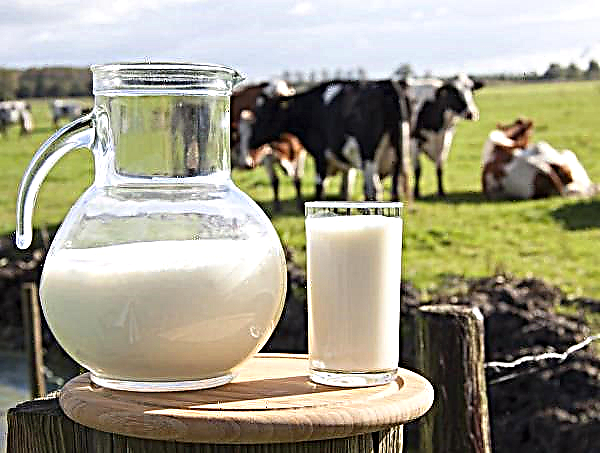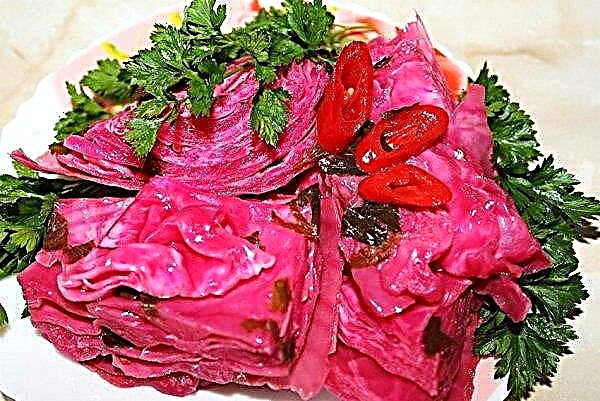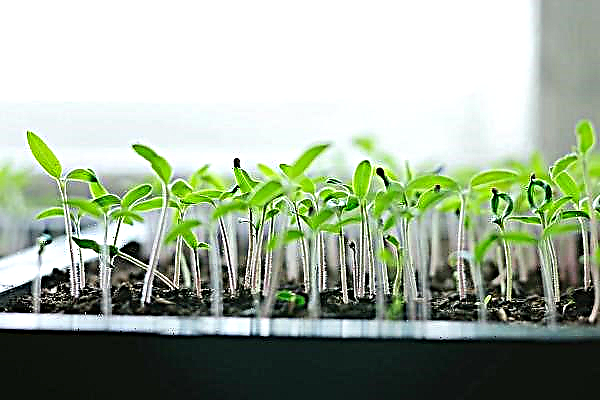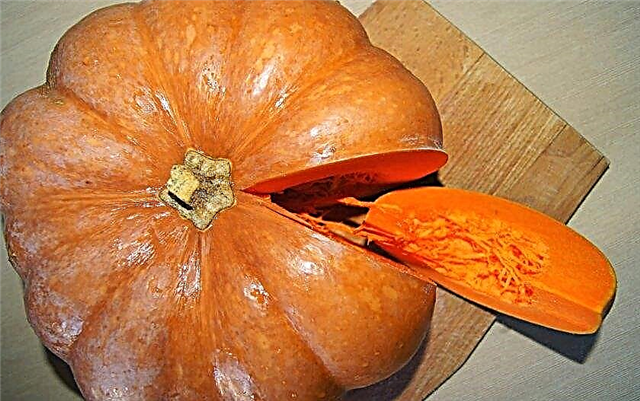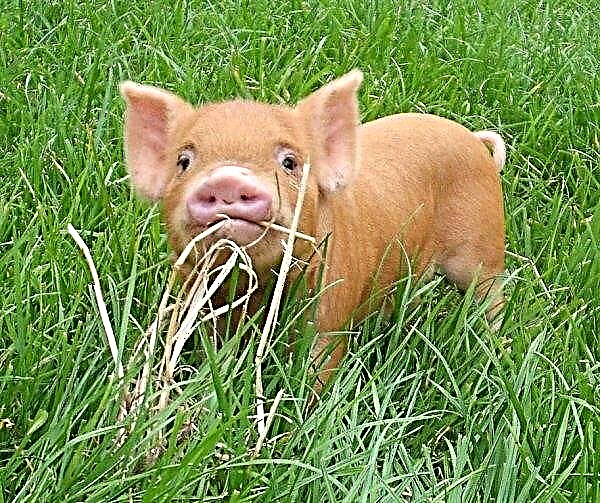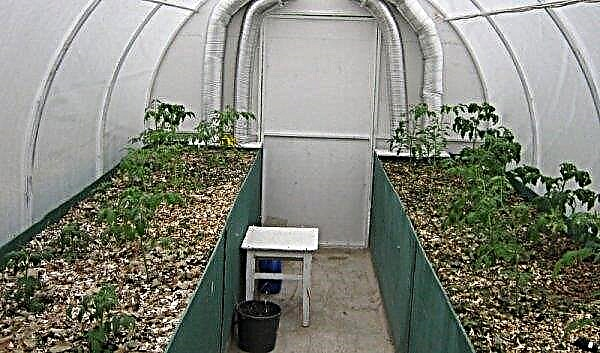Broccoli is a healthy vegetable crop that should be consumed throughout the year. You can save this variety of cabbage for the winter at home in several ways. Read more about each of them in this article.
Description and characteristics of broccoli cabbage
Broccoli, also known as asparagus cabbage, is an annual vegetable plant that belongs to the Cabbage family. It is a type of garden cabbage.
Its stem grows 60–90 cm high. Many flower stalks with small green buds that are gathered in a loose head are formed on its top. Food broccoli are cut off when the buds have not yet opened. Cabbage with overripe yellow buds is unsuitable for food.
Broccoli is appreciated because of the many valuable properties that it exerts on the human body when consumed.
- Among them:
- replenishment with important vitamins (A, beta carotene, groups B, C, E, K, PP) and minerals (potassium, calcium, magnesium, sodium, phosphorus, iron, manganese, copper, selenium, zinc);
- removal of salts, toxins and heavy metals from the body;
- prevention of the development of cardiovascular and oncological diseases;
- normalization of cholesterol and insulin levels;
- promoting the formation of new tissues.
A vegetable has a low calorie content of only 34 kcal / 100 g. Due to this number of kilocalories, it is classified as a negative calorie product, since more energy is spent on its digestion than comes from its consumption.
Did you know? US resident John Evans, whose hobby is growing giant vegetables, managed to grow huge heads of cabbage of different types of cabbage and set several records. His white cabbage weighed 34.4 kg, Brussels sprouts - 14.1 kg, broccoli - 15.8 kg.
Choosing broccoli for long-term storage
Best kept late varieties and hybrids. They can be saved in cold conditions and in a certain microclimate for 2-3 months. These, in particular, include: Agassi, Maraton, Gnome.
Early varieties are able to be stored for a couple of weeks. To keep them longer, you need freezing. Among the popular early varieties include Batavia, Linda, Lord, Tonus, Blue Spindle.
For storage, healthy heads are selected that have no damage, yellow spots, signs of rot or the development of a fungal disease. They should be dense and strong, with closed buds, dark green in color.

Harvesting and storage preparation
The collection of broccoli for storage and consumption should be carried out during the period of technical maturity, when its inflorescences are still green. Usually at this time the head has a diameter of 10–17 cm and a weight of 250–300 g. The exact harvest time will depend on the cultivated variety and climate.
Harvested by cutting the central stem, leaving 10-12 cm from the head. If a second crop grows, flower stalks from the side shoots are cut.
Important! For a long period, cabbage can be stored, which is harvested on a cloudy day, at the right time, by cutting, rather than tearing. Incorrectly removed heads quickly fade and turn yellow.
To keep the broccoli as long as possible in the cold, you need to properly prepare it.
Preparation consists of the following actions:
- head washing;
- placing them for half an hour in saline solution (4 tbsp. l. to 4 liters of water);
- complete drying.
Soaking is necessary in order to remove insects from inflorescences. In the wet state, heads should not be placed in storage - this threatens the development of mold and rot.
Cold Storage Methods
As we have already noted, broccoli contains a large amount of minerals and vitamins. However, fresh when stored in room conditions, it can lie only a few days. After a very short time, the level of vitamin C decreases by 2 times. You can slow down this negative process if you store the vegetable in cold conditions. After harvesting, send the cabbage into the cold as quickly as possible - this will preserve its crisp properties. Below are recommendations on how to store broccoli in cold conditions.
In fridge
You do not need to wash the heads before putting them in the refrigerator - this will shorten their shelf life.
Storage of this vegetable plant should be carried out on the bottom shelf of the refrigerator or in a special compartment for vegetables. At the bottom of the drawer, it is desirable to place a paper towel, which will allow you to maintain the required level of humidity.
Important! It is possible to extend the shelf life of the heads in the refrigerator if they are placed in an unopened plastic bag so that normal air circulation occurs, or wrapped in wet paper.
There is another way to put cabbage in the refrigerator. Its stem should be lowered into a container with water, and cover the head with a bag of polyethylene, in which several holes must be preliminarily made for air to enter. In this form, cabbage is placed on the shelf of the refrigerator. In this case, the water will need to be changed daily and make sure that the inflorescences do not begin to turn yellow.
In the freezer
For storage in a freezer, cabbage is better to be blanched.
In order to properly prepare the vegetable for freezing, the following steps must be performed:
- Wash the heads.
- Cut the stem, leaves, divide the head into parts.
- Place parts in saline.
- After 30 minutes, rinse the cabbage under cold water.
- Boil water in a saucepan.
- Put vegetables in it.
- After 3 minutes, throw them into a colander.
- Dip the vegetables in a pre-prepared container with ice water.
- After 5 minutes, remove the colander and wait for the water to drain.
- Fold vegetables on a towel made of cloth or paper.
- Wait for complete drying.
- Arrange the vegetables in one layer on a tray or a large plate.
- Place them in the freezer, in quick freeze mode.
- After freezing, pour broccoli into vacuum bags or plastic containers.
- Put on long-term storage in the freezer.
Frozen food is stored the longest. You can use it until the next harvest. The advantage of this storage method is the preservation of all contained micro and macro elements and 90% of vitamins. No other method gives such a result.Important! Once a thawed product cannot be re-frozen, it must be consumed immediately after thawing. Defrost the cabbage immediately before cooking.
In the cellar
In order for broccoli to lie in the cellar for a long time, the room must be maintained at a temperature of 0 ° C to + 10 ° C and humidity at the level of 90–95%. These conditions are very important, because at low humidity the heads will dry out, and at high temperature they will bloom. A prerequisite is also the presence of good ventilation.
With this storage method, the outer leaves should not be cut. Cabbage is placed on wooden shelves, placed in baskets, wooden or plastic boxes with holes and slots, the bottom of which is lined with cloth. It is important to lay the heads so that they do not touch each other. Also, each head can be wrapped in paper, which will need to be changed as it gets wet.

Alternative storage methods
In addition to the above methods, to keep broccoli fresh or frozen, it can also be dried and pickled.
Drying
Drying should be carried out in a special dryer or oven. This method makes it possible, just as with freezing, to preserve the maximum amount of valuable substances in a vegetable. You can dry the cabbage as a whole (if it is not large), or cut into pieces.
The easiest drying method is in the dryer. Cabbage needs to be washed, dried and cut, placed in a tray in one layer and set the necessary time for drying vegetables (6-8 hours) and temperature + 45 ... + 80 ° С.
Well-dried cabbage will turn a little yellow and cease to secrete juice. It must be stored in containers made of glass or bags made of natural fabric.Did you know? There is no broccoli that grows in the wild: this cabbage was created by hybridization. It is known that it was cultivated in the VI – V centuries BC. e. in the Mediterranean.
The drying technology in the oven is as follows:
- Divide the head into inflorescences.
- Wash and soak in saline.
- Carry out blanching - place in boiling water for 3-5 minutes.
- Dry for an hour.
- Preheat the oven to a temperature of + 50 ... + 100 ° C.
- Spread the cabbage on a baking sheet.
- Place in a preheated oven for 3-5 hours, with a certain frequency (1 time in 30 minutes), checking the readiness of the product and turning it over. The door does not need to be covered completely. If the oven supports convection, activate it.

Pickling
Broccoli can also be preserved by pickling. The advantages of this method - the product can be stored for a long time, in addition, it has a spicy taste. By adding various ingredients and spices, you can get a product with a completely different taste, which in the future can be used as an independent dish or as one of the ingredients, for example, in salads. The disadvantages of the method are the loss of a large amount of valuable substances.

Storage time
You can familiarize yourself with the shelf life of broccoli in different ways in the table:
| Storage method | Shelf life |
| Indoor | 2-3 days, when lowering the stems into the water - 5-7 days |
| In fridge | up to 15 days |
| In the cellar | up to 2 months |
| In the freezer | 12 months |
| In dried form | up to 2 years |
| Marinated | up to 1 year |
So, now you know how to save broccoli so that it lies for a long time. The main thing is to select healthy heads, properly prepare them and place them in the recommended microclimate.




